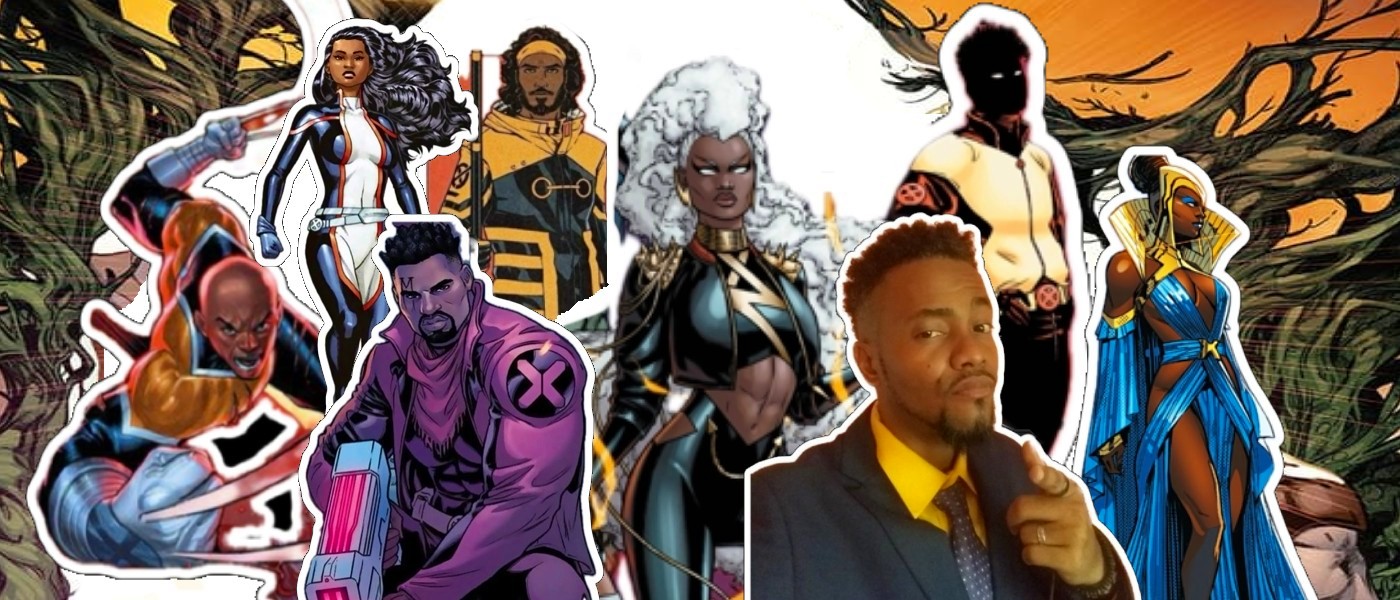A New Dawn for Black Mutants
With the launch of Jonathan Hickman’s House of X and Powers of X (2019), Marvel Comics entered the Krakoan Age—a radical reimagining of mutantkind’s status in the Marvel Universe. This new era saw mutants gain sovereignty, create a utopian nation on the living island of Krakoa, and redefine their relationship with the world. While this monumental shift was revolutionary for all mutant characters, it proved especially transformative for Black mutants, who, for decades, had existed at the fringes of X-Men stories.
For comic book fans and scholars alike, the Krakoan age offered not just fresh narratives, but a significant expansion of representation, identity politics, and character development for Black heroes. Characters like Storm, Synch, Prodigy, Monet St. Croix, Sunspot, Manifold, and Frenzy were no longer token background figures; they became leaders, strategists, lovers, and revolutionaries. The symbolic and real-world implications of this shift are worth unpacking, especially in light of broader discussions in Afrofuturism, media representation, and Black empowerment.
Historical Context: Black Mutants Before Krakoa
Before Krakoa, Black mutants often occupied marginalized or underdeveloped positions in the X-Men mythos. Storm, while one of Marvel’s most iconic Black superheroes, was frequently reduced to a supporting role despite her regal heritage and immense power. Synch, killed off in the late 1990s, became emblematic of wasted potential. Prodigy struggled with narrative coherence, often switching power sets and disappearing entirely from major arcs. Monet was trapped in stereotypical tropes—aloof, beautiful, and angry—with few opportunities for interiority.
This trend extended beyond individuals to a pattern of representational neglect, mirroring the racialized dynamics in broader Western media where Black characters are present, but rarely centered. Scholars like Nama (2011) and Singer (2002) have pointed out that while superhero universes often promote diversity in appearance, they struggle with genuine inclusion in terms of power, decision-making, and emotional complexity.
Nama (2011) argues that Black superheroes are frequently rendered as powerful in a purely physical or visual sense—strong, fast, intimidating—but are rarely placed in positions where they wield institutional authority or moral narrative significance. They are shown, but not truly heard. Singer (2002) furthers this point by analyzing how Black characters often exist as narrative accessories to white protagonists, fulfilling the “diversity quota” without disrupting existing hierarchies of power and voice within the comic book world. As a result, Black characters may appear in high numbers, but rarely develop in psychologically rich or narratively central ways.
This superficial inclusion contributes to what scholars refer to as “representational containment”—a phenomenon where diversity is acknowledged in form but denied in function. Black characters are visible, yet structurally marginalized, serving as background or reinforcement to dominant white-centered stories. The Krakoan era challenges this trend by offering Black mutants substantial roles in shaping mutant civilization, politics, and spirituality.
Character Growth in the Krakoan Era
The Krakoan era marked a dynamic period of growth, redemption, and newfound leadership for Black mutants, shifting many from the periphery to the core of Marvel’s mutant mythos. The narrative space afforded to these characters allowed them to evolve in both power and purpose, challenging historical patterns of marginalization in comic storytelling.
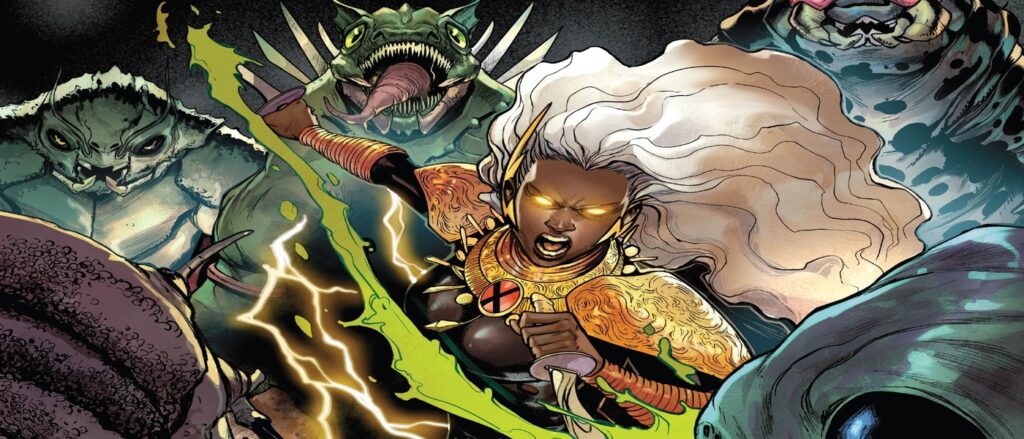
Storm: The Soul of the Nation
In this era, Storm (Ororo Munroe) rose beyond her status as an omega-level mutant and long-time X-Men leader to become the Regent of Sol, overseeing not just Earth but the entire solar system’s interstellar diplomacy. This role recognized her as a moral and spiritual compass within the mutant world. Her leadership in X-Men: Red emphasized her autonomy, diplomacy, and capacity to balance tradition with revolutionary change, often standing apart from Professor X and Magneto’s often morally ambiguous decisions. Storm’s narrative arc showcases not just raw power but poise, ethical clarity, and sovereignty—hallmarks of transformational leadership. It allowed her to embody a fully actualized vision of Afrofuturist queenhood that transcends simple heroics.
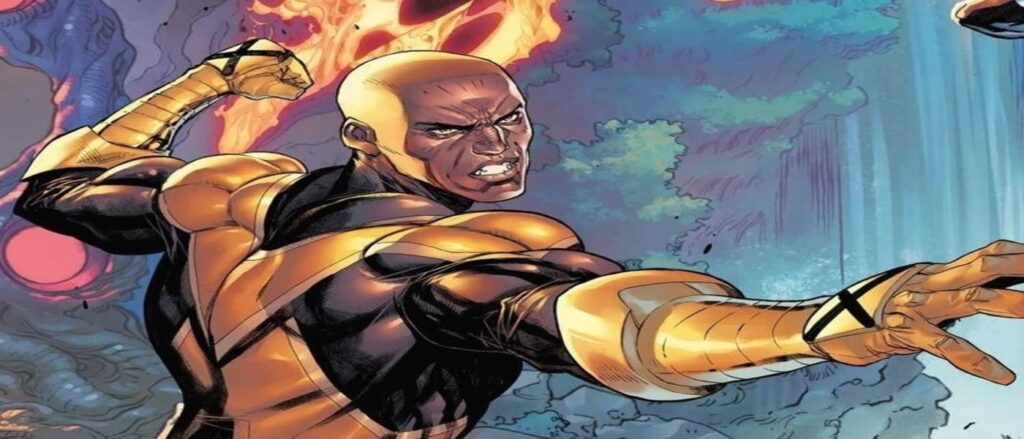
Synch: Resurrection and Renaissance
Synch (Everett Thomas) had one of the most profound evolutions. Once known mostly for his tragic death in Generation X, he returned during the Krakoan resurrection wave with enhanced mastery over his mimicry powers and deeper emotional depth. In X-Men (2021), his maturity, wisdom, and budding relationship with Wolverine (Laura Kinney) served to humanize him. He represented resilience, quiet strength, and adaptive brilliance. His presence within the main X-Men roster gave Black readers a multi-dimensional male character who was strategic, grounded, and emotionally articulate—an antidote to the often stoic or hypermasculine portrayals of Black men in comics.
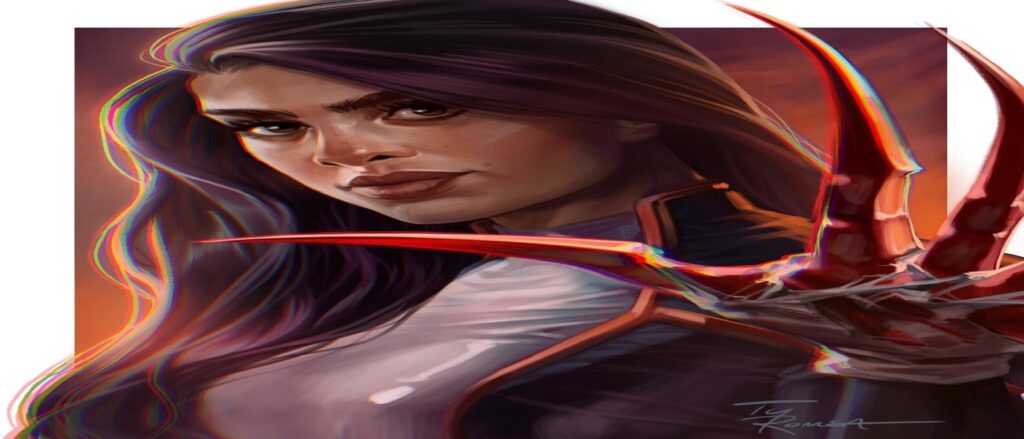
Monet St. Croix: Complexity Without Apology
Monet St. Croix, or M, demonstrated a different kind of growth. In X-Corp, she emerged as a corporate titan managing mutant interests in high-stakes economic negotiations. She wielded her intelligence, sarcasm, and elite background without apology. Her transformation into Penance added physical metaphor to her internal struggle—merging trauma and power, control and compassion. Her character arc embraced the multiplicity of Black womanhood, particularly the tension between being perceived as “too much” while being expected to fix everything.
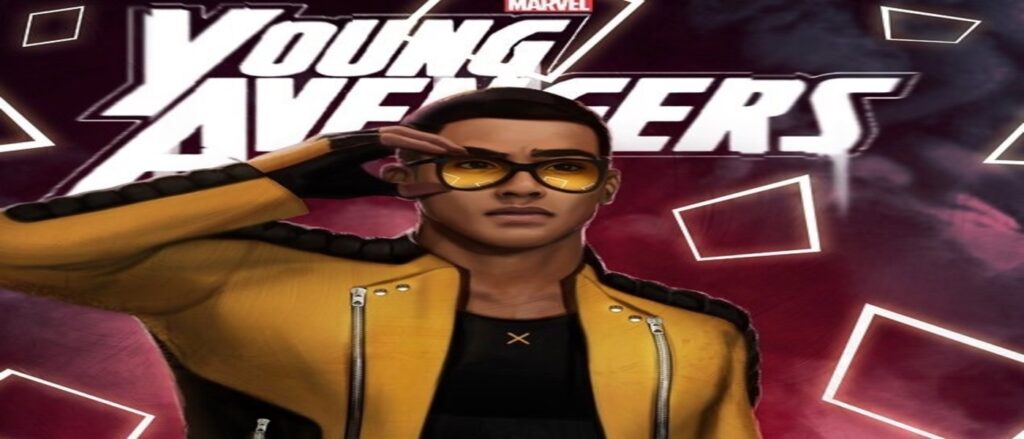
Prodigy: Investigation, Identity, and Intellect
Prodigy (David Alleyne) came into his own during X-Factor (2020–2021). His sexuality and trauma were explored with compassion and psychological realism. His powers—based on knowledge acquisition—were metaphors for survival, reclaiming lost time, and navigating systemic erasure. He became a voice for justice, particularly through his investigative work on mutant deaths. His queerness was not a footnote but a central part of his identity, allowing readers to see a queer Black man leading with both intellect and emotional honesty.
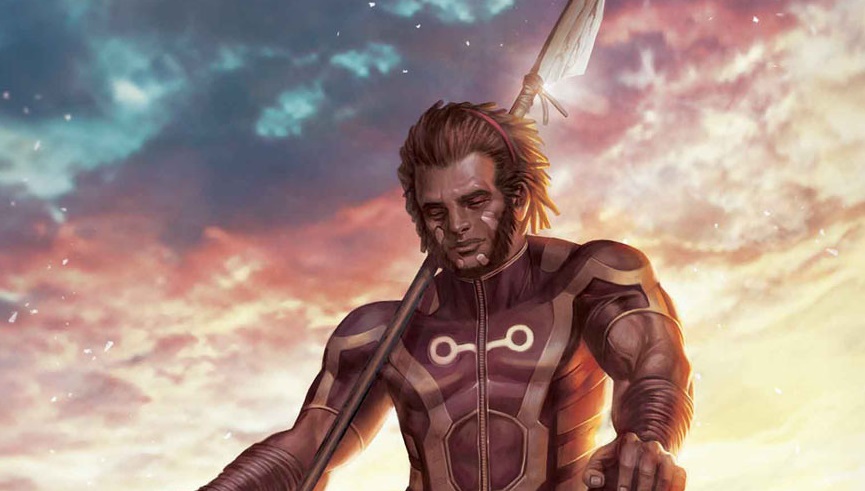
Manifold: Space-Time as Liberation
Manifold (Eden Fesi), an Indigenous Australian mutant of African descent, was given renewed focus in Sword and X-Men: Red. His cosmic abilities to bend space-time became metaphors for diasporic identity and transdimensional liberation. Unlike flashy teleporters, Manifold’s powers require understanding and respect for universal balance—anchoring him as a spiritual technician. His grounded humility, philosophical insight, and cosmic relevance positioned him as a subtle but essential contributor to mutant survival and interstellar diplomacy.
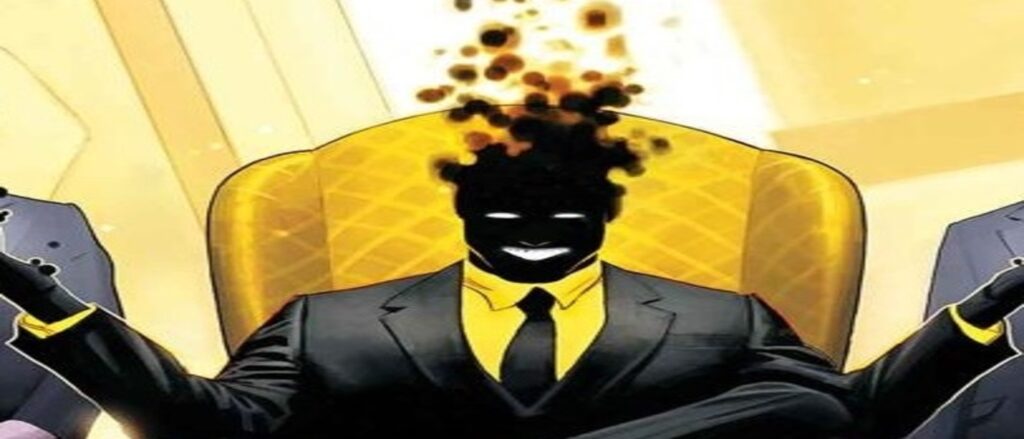
Sunspot: Charm, Wealth, and Revolutionary Wit
Sunspot (Roberto da Costa) added humor and economic cunning to Krakoan politics. Often underestimated, he served as a trickster-king in the style of Anansi or Legba—using his wealth, wit, and social agility to bend corporate interests toward mutant liberation. His portrayal in Sword and X-Men: Red embraced Afro-Brazilian heritage, diasporic fluidity, and the capacity to operate in elite spaces without losing cultural grounding.
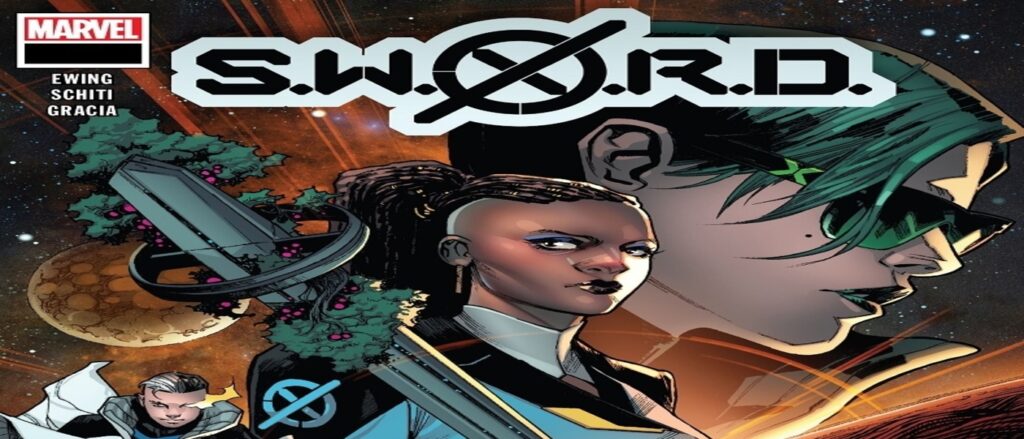
Frenzy and Others: The Quiet Revolution
Frenzy (Joanna Cargill) and characters like Bishop, Darwin, Nekra, and Oya also benefited from Krakoan inclusion, though to varying degrees. Frenzy, once a villain, was granted space for redemption, wrestling with duty, love, and ideology. Her roles in Way of X and S.W.O.R.D. showed her capable of loyalty, protection, and growth beyond her hardened exterior. While some of these arcs were too brief, they signaled a quiet revolution—an acknowledgment that every Black mutant has a story worth telling, not just a box to check.
Together, these character journeys represent an unprecedented era of narrative expansion for Black mutants. Through layered plots, emotional growth, leadership arcs, and moral dilemmas, these characters reshaped the mutant metaphor into something that includes not just survival, but sovereignty, strategy, and soul.
Why Representation in the Krakoan Era Matters
The increased visibility and complexity of Black mutants during the Krakoan era is not just performative diversity—it signals a narrative shift in agency and centrality. These characters are no longer accessories to white protagonists; they drive plot, shape political debates, and embody the future.
This change is particularly impactful when we consider the historical underrepresentation of Black characters in speculative fiction. The Krakoan age aligns with larger trends in media, where series like Black Panther, Lovecraft Country, and Watchmen (HBO) have explored race, identity, and trauma through fantastical lenses.
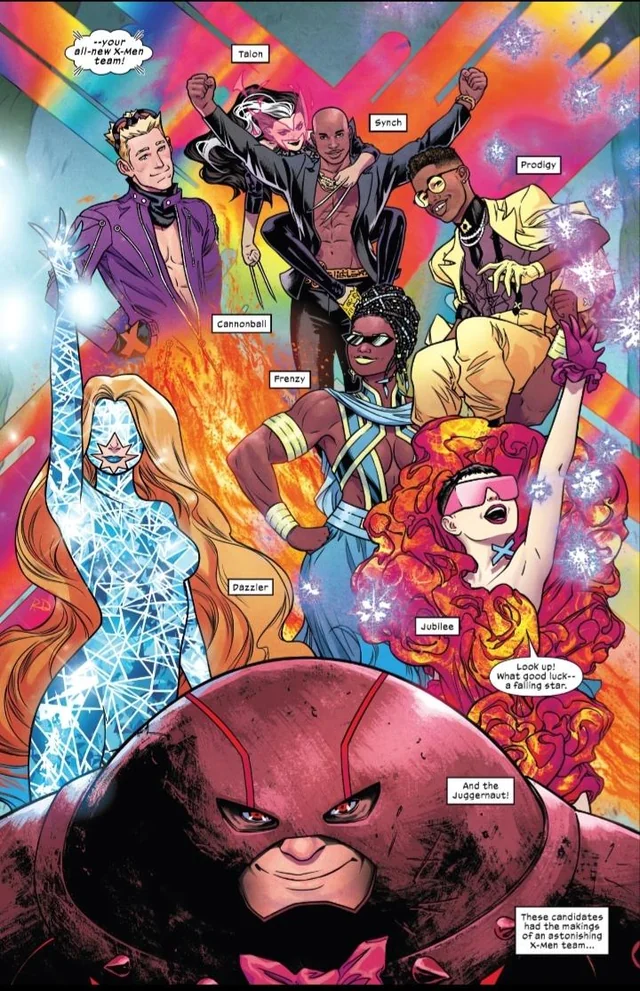
By placing Black characters at the helm of nation-building, diplomacy, and cosmic exploration, Marvel participates—intentionally or not—in an Afrofuturist reclamation of myth and power. These stories resonate with readers who have long seen themselves erased from tales of the future.
In a cultural moment where Black audiences are demanding authentic and sustained visibility, Krakoa serves as a narrative space where Blackness is not peripheral, but elemental to the world-building. The island itself is a living metaphor—a place of self-determination and transformation—which mirrors ongoing global conversations about reparations, sovereignty, and Black futurity.
Furthermore, the Krakoan era does not shy away from internal contradictions or complexity. Black characters are allowed to be flawed, ambitious, romantic, angry, humorous, and deeply intellectual. They are not confined to monolithic portrayals of strength or victimhood but are depicted in all their multidimensional richness. This is vital for dismantling reductive archetypes and allowing for more expansive and empathetic readings of Black life.
The storytelling architecture also supports this shift. Black mutants are not only featured in action panels—they are given interiority, ideological complexity, and long-term arcs. Their decisions have geopolitical consequences, emotional resonance, and philosophical depth. In this way, representation becomes not just a matter of quantity, but of quality and narrative investment.
Moreover, from an educational and philosophical standpoint, this shift enables comics to serve as a pedagogical tool. Young Black readers can now see themselves reflected in worlds where they are not only surviving but thriving, leading, imagining, and reshaping reality itself. This kind of symbolic visibility has measurable psychological and developmental value—offering models of resilience, aspiration, and leadership (Tatum, 2003).
In sum, the Krakoan era elevates the representation of Black mutants from ornamental to foundational. It affirms that speculative fiction can be both a mirror and a lamp—reflecting the struggles of marginalized communities while illuminating pathways toward more just, inclusive futures.
Challenges and Critiques
Despite the many strides made during the Krakoan era, the representation of Black mutants is not without its complications and shortcomings. One recurring critique is the inconsistency of narrative attention. While characters like Storm and Synch received prominent roles, others such as Frenzy, Gentle, Bishop, and Bling! were either underutilized or relegated to supporting positions. This suggests that, while there was a push toward greater inclusion, not all Black characters benefited equally from the creative spotlight.
Moreover, the lack of Black writers at the helm of key storylines is a major concern. While Black characters were placed in powerful and visible positions, their voices were often shaped by predominantly white creative teams. This dynamic raises important questions about authenticity and agency in character development. Are these characters speaking in voices that truly reflect Black cultural and philosophical perspectives? Or are they being filtered through external lenses, however well-meaning?
The short-lived nature of titles like X-Corp and Children of the Atom, both of which featured strong Black leads, also points to another issue: marketability and longevity. Despite high-quality storytelling, these titles struggled with sales and publisher support, highlighting the structural challenges faced by narratives that center non-white characters. This problem is not unique to Marvel and reflects a broader industry pattern where diversity is celebrated in theory but not always sustained in practice.
Another critique involves the representation of intersectionality. While Prodigy’s queerness was foregrounded, other characters’ intersectional identities—such as Monet’s North African ancestry or Storm’s pan-African and diasporic background—were often left underexplored. This leaves rich narrative terrain untouched and reinforces the need for more intersectional storytelling, where race, gender, sexuality, and cultural heritage are integrated with greater nuance and intentionality.
Finally, while the Krakoan project as a whole was bold and innovative, some fans and scholars have expressed concern about its lack of accountability mechanisms. Characters like Xavier and Magneto—central to Krakoan governance—were often depicted as making opaque or morally dubious decisions, and Black characters, even those in positions of power, were rarely shown contesting these decisions explicitly. This absence can be interpreted as a missed opportunity for deeper philosophical and political engagement, particularly around themes of justice, consent, and governance.
In sum, while the Krakoan era marked a profound leap forward in the visibility and narrative centrality of Black mutants, it also revealed the ongoing tensions and gaps in how representation is executed. Greater diversity behind the scenes, more sustained character development, and deeper engagement with intersectional identities remain essential next steps for building on the legacy of this groundbreaking era.
Black Mutants in Full Power
The Krakoan age has not just resurrected mutants—it has revived the cultural and symbolic power of Black superheroes. Storm, Synch, Prodigy, Monet, Manifold, and Sunspot are not just powerful; they are visible, vulnerable, and evolving.
In giving these characters room to grow, Marvel has offered a roadmap for inclusive, thoughtful storytelling. As philosophers, educators, and readers, we should embrace this as both entertainment and educational opportunity—to reflect, teach, and inspire through the lens of pop culture.
References
Brown, J. A. (2016). Black Superheroes, Milestone Comics, and Their Fans. University Press of Mississippi.
Collins, P. H. (2000). Black Feminist Thought: Knowledge, Consciousness, and the Politics of Empowerment. Routledge.
hooks, b. (1994). Teaching to Transgress: Education as the Practice of Freedom. Routledge.
Nama, A. (2011). Super Black: American Pop Culture and Black Superheroes. University of Texas Press.
Singer, M. (2002). “Black Skins and White Masks: Comic Books and the Secret of Race.” African American Review, 36(1), 107–119.
Hickman, J., & Larraz, P. (2019). House of X & Powers of X. Marvel Comics.
Ewing, A. et al. (2020–2023). S.W.O.R.D., X-Men: Red. Marvel Comics.
Williams, L. et al. (2020). X-Factor. Marvel Comics.
Ayala, V. et al. (2020–2022). Children of the Atom, New Mutants. Marvel Comics.
Howard, T. et al. (2021). X-Corp. Marvel Comics.
